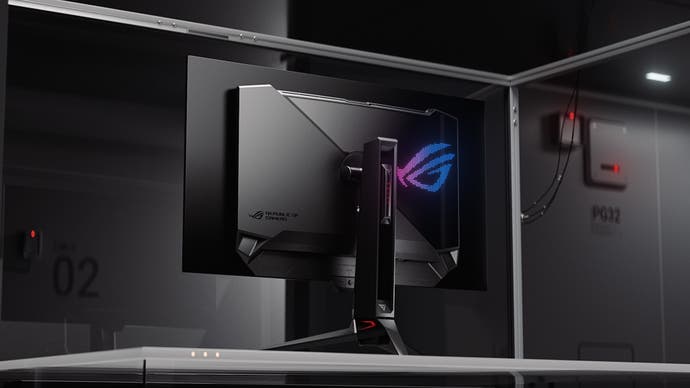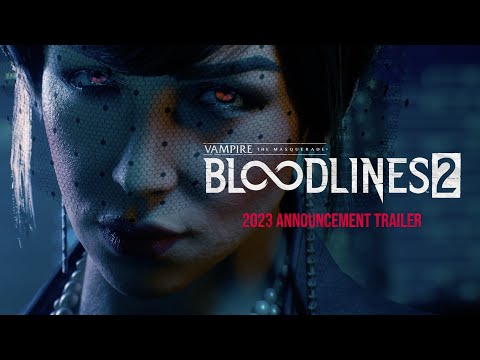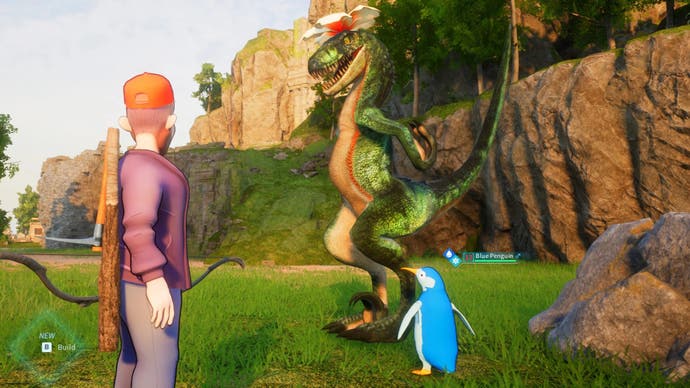[ad_1]
The release of Doom in 1993 changed the industry forever – and in its wake, developers scrambled to bring their own visions to life in first-person. Star Wars: Dark Forces is one such game, created in a genre completely different to nearly every other product developer LucasArts would release, but it nonetheless became one of the most interesting and inspired Doom-adjacent shooters of its day. Now, thanks to Nightdive Studios, Dark Forces has emerged from its DOS prison with a new remastered version for all modern platforms, complete with new high-res assets and a host of other improvements.
This makes it a good time to take a deep dive on what made Dark Forces an important release back in 1995 – and how it improved on the epoch-making Doom. From there, it’s onto the work of Nightdive itself in meticulously remastering the game for PC, Switch, PS4, PS5, Xbox One and Xbox Series X/S.
When Dark Forces was released in early 1995, it occupied an unusual place in LucasArts lineup – having mostly focused its efforts on point and click adventures, action games were still a rare breed for the company. In fact, despite their associate with Lucas Film, as of 1995, the studio had produced very few Star Wars related games.
 DF Retro EX – Star Wars: Dark Forces Remaster – PC/Console Review – Another Nightdive Triumph!
DF Retro EX – Star Wars: Dark Forces Remaster – PC/Console Review – Another Nightdive Triumph!
In that sense, Dark Forces feels like a departure in several senses, combining both first-person shooting and the Star Wars setting into a game that really works – the Star Wars arsenal feels amazing in first-person, while the series’ setting matches up nicely with the technical limitations of the nascent FPS genre.
While the basic combination makes sense, it’s the surrounding package that truly elevates it. Most FPS titles released between Doom and Dark Forces focused purely on action: run through a level, kill everything, exit. Dark Forces succeeds by fusing solid first-person action with the story telling and visual design prowess you expect from LucasArts.
Specifically, Dark Forces features beautifully designed, fully voiced cutscenes between missions introducing characters and motivations for the player to follow, in addition to focusing on real mission objectives. It wasn’t just about reaching the end, as the player is asked to perform specific tasks and, in most cases, get back to an extraction point. It had a sense of place that barely existed in mid-90s shooters and these elements worked in tandem to provide something truly special.
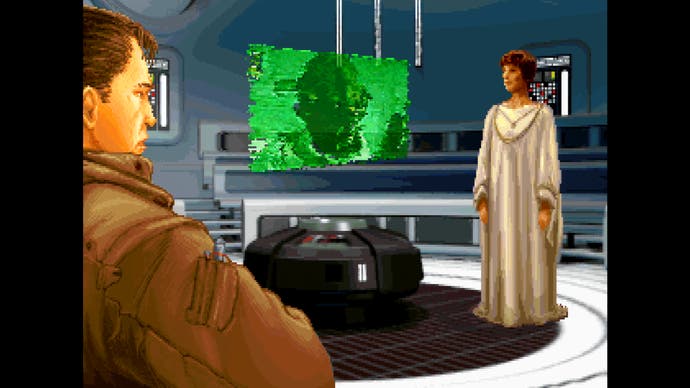
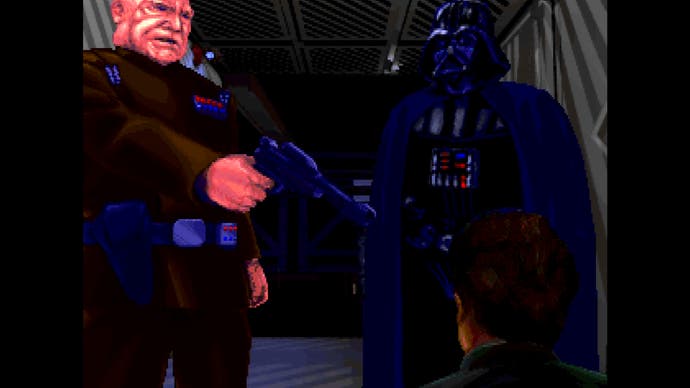
Despite its success and popularity – including multiple excellent sequels – Dark Forces has remained somewhat confined to its roots. Until now, it existed exclusively for DOS, macOS and the original PlayStation. Now, thanks to Nightdive, Dark Forces is playable on PlayStation, Xbox and Switch consoles plus modern PCs, including the Steam Deck.
Nightdive has crafted this new version of Dark Forces in the KEX engine using the original game’s source code. In that original form, Dark Forces was built using an in-house sector-based engine known as Jedi. This engine began development in July 1993, months before Doom would ship, and the development team had little idea where it would lead them. Upon release, however, it was widely praised for its gameplay, visual direction, and storytelling.
The Jedi Engine was capable of things that few others could match as of early 1995 when the game shipped. While it was still sector based, like Doom, Jedi was capable of a few tricks that elevated its capabilities. For starters, it was possible to create overlapping structures – rooms above rooms, bridges and complex multi-level structures were all possible in Dark Forces. This enabled the level designers to be much less constrained than they would have been in the Doom engine. The one limitation was that these two spaces could not appear simultaneously – so you couldn’t stand in one sector and look into another, for example.
You can experience the kind of architecturally feasible level design right from the start of the game. To retrieve the Death Star plans, you’ll visit a level with a large silver cylinder on your starting floor that’s visible from the floor above, visited later, and is revealed to be an elevator when you visit the basement. Enter the elevator on your way to finishing the level, and you’re taken right to the landing pad on the roof of the building – and from here you can even drop back down to the starting area to collect an extra life.
Being able to design levels that actually made sense in this way just wasn’t possible in Doom; the level of sophistication in the Jedi engine was very rare in 1995. Something like Descent, with its true 3D engine, could accomplish similar map design feats, but it had its own limitations as well. LucasArts did an amazing job here.
Then we come to effects. While Dark Forces is capable of the diminished lighting and other tricks we see in Doom, the engine also allows for other nifty effects such as exhibiting a thick red fog in a mining stage, or changing light levels on the fly to simulate dynamic lighting – for example, firing a blaster in a darkened tavern momentarily illuminates the scene to striking effect.
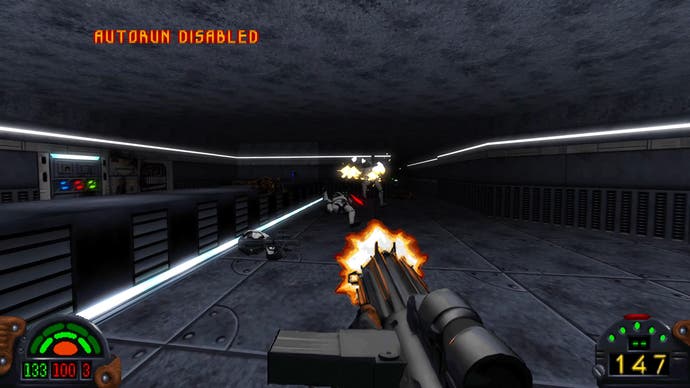

Dark Forces also allows player to look up and down, which hadn’t really been seen in sector-based engines, and even allows for simplistic 3D objects such as turrets and Kyle’s ship, which you can see swooping in between missions.
On top of this, Dark Forces could run at a full 70fps using DOS Mode X. Doom in comparison was capped at 35fps, meaning on a powerful 486 processor, Dark Forces felt significantly smoother. Beyond that, Dark Forces was also imbued with LucasArts’ proprietary iMuse system, allowing fully dynamic music that adjusts to your actions as you play.
The thing is that while the Doom engine was already ahead of most of the competition during this era – there were still games being made using the Wolfenstein Engine or its derivatives – for Dark Forces to swoop in with such capabilities says a lot about Lucas Art’s stellar work on this project. Only with the arrival of the Build Engine did we see a further evolution of sector-based rendering in first-person shooters.
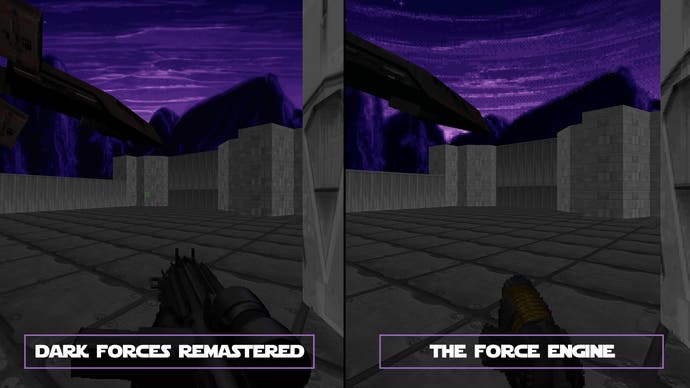
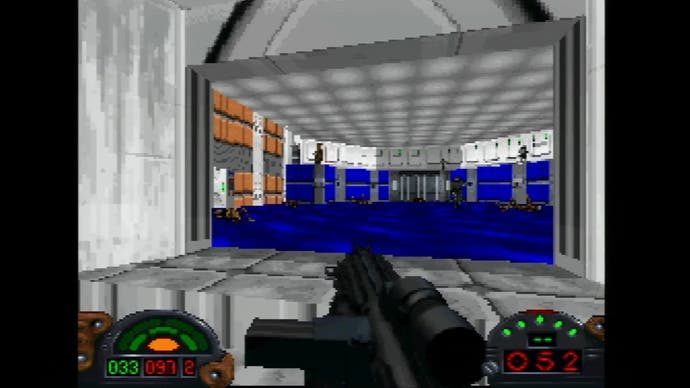
Years later, Dark Forces was ported to the Sony PlayStation and seems to use this original Jedi Engine. However, it likely must run entirely on the CPU, leading to sluggish performance. At least this means no real issues with texture warping, unlike most other PlayStation titles. This was the only official console version of Dark Forces – at least until now.
Coming now to this year’s Remaster, it’s important to note that this isn’t the first attempt at reverse engineering Dark Forces – the Force Engine already exists and has its own slew of impressive features. What separates the Nightdive version is the addition of new assets and a litany of other improvements to the game.
Every inch of the game’s artwork has received a complete revamp. Whether we’re talking about weapon sprites, enemy characters, world textures or cutscenes, everything has been recreated in higher resolution. The artwork retains the pixel art aesthetic, but sees a dramatic increase in resolution that better fits modern displays. I think it looks gorgeous and is among the best work Nightdive has done in this space. When you gaze upon the new skyboxes, for instance, you’ll instantly recognise each one from its original design, yet each is also so much richer in detail. It’s a true love letter to the original art design.
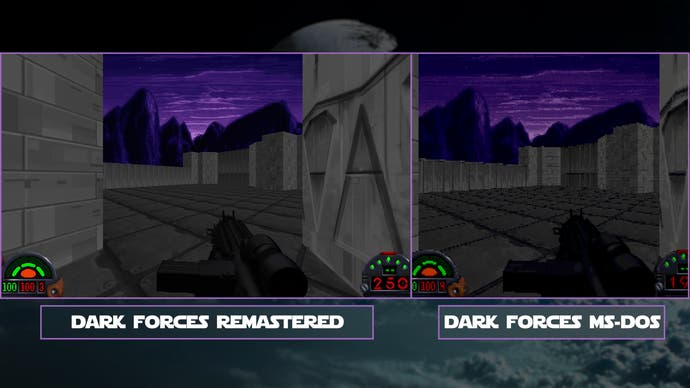

The team has also remade all the game’s cutscenes in high resolution, including re-rendering out the 3D sequences entirely. This isn’t just a case of AI upscaling everything and calling it a day – they went the extra mile to create new assets while duplicating that original look. It’s truly remarkable. I still love those original cutscenes but the new ones are a perfect fit for the Remaster.
Thankfully, if you do prefer the look and feel of the original release, they’ve also included the option to toggle between the enhanced hardware accelerated visuals and the original low-resolution graphics. This feels very accurate to playing the game on a real MS-DOS PC in terms of visual presentation.
The key here is that, in both modes, Nightdive has done a superlative job in replicating that original Dark Forces experience right down to the smallest detail. From the way the skybox warps as you turn to the strange behavior of the ice in mission eight, everything from the original has been matched.
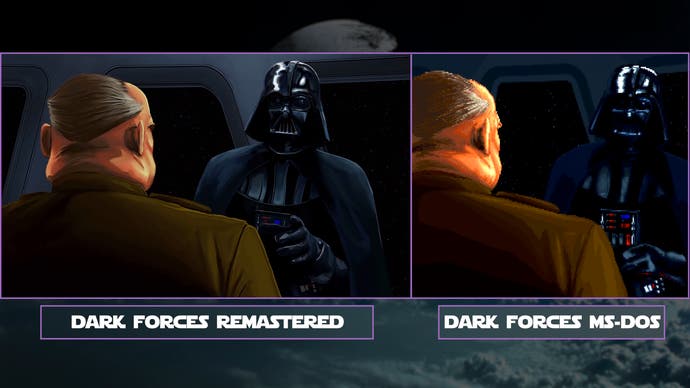
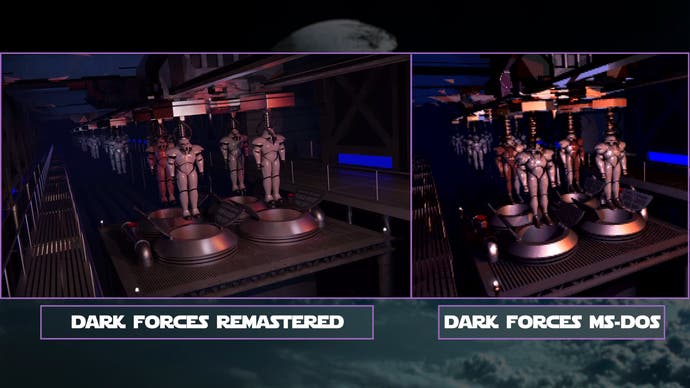
Crucially, this remastered version of Dark Forces is available across a wide range of platforms including Nintendo Switch, PlayStation 4, 5, Xbox One, Xbox Series S X and PC. When it comes to visuals, there is little to distinguish them – naturally, consoles such as the Switch are limited to 1080p output, but the display capabilities of each machine are fully utilised, with the exception of the Series S which tops out at 1080p.
Every version also controls like a dream – the gamepad implementation is simply superb. It feels unbelievably precise and responsive, making it a joy to play on any platform. Switch and PlayStation also receive support for gyro aiming – if you’re a fan of it, you’re well served here. For me, the PC version is my favorite of the bunch, with the option for ultra-high frame-rates and full access to the game’s built-in console.
This access turns out to be somewhat necessary, as Dark Forces in its original DOS form has an internal tick rate of 145.65 – a value that determines the speed at which everything within the game operates. Set this too low and the game basically runs in slow motion, too fast and the game launches into fast forward. For the Remaster version, the default value was rounded off to 144, so if you’re playing on PC and use a 144Hz monitor, you’re golden – and on Steam Deck OLED, you can set your refresh rate to 72Hz and have a great experience too.
 DF Retro Play: Star Wars Dark Forces – a PC Classic But What About The PS1 Port?
DF Retro Play: Star Wars Dark Forces – a PC Classic But What About The PS1 Port?
Unfortunately, neither of these values play nicely with common refresh rates such as 60, 120 or 240Hz, where you’ll experience judder. On PC though, you can set the CL_Enginehz command line variable to 120 to enjoy the game at one of these refresh rates with zero judder. The knock-on effect is that gameplay speed is slightly reduced, but I didn’t find it bothersome – and it’s preferable to judder. It’s one of those things that couldn’t really be changed without breaking the game entirely.
Fortunately, the higher the frame-rate, the less you’ll notice the judder and the more powerful consoles offer support for 120fps gameplay which does feel great. If you’re limited to 60Hz on your display on PS5 or Series X/S though, you may notice the judder a little more readily. Ideally, what I’d like to see for this scenario is the option to cap the frame-rate at 72Hz, like the Steam Deck OLED, but rely on VRR to provide smooth frame delivery when using the 120fps mode.
Alas, when it comes to Switch, things are a little worse for the wear with combat-based performance dips in addition to the 60Hz judder. Nightdive has announced a patch that should solve this, but you can play in the software mode at a locked 60fps in the meantime if needed.
There’s another issue with the game’s music playback, which on the positive side does include both general MIDI and OPL3 options, but also exhibits note timing that’s slightly off. This also is set to be fixed in the patch, but as it stands, I prefer playing with the OPL3 version of the soundtrack – it’s noticeably less realistic but it feels nostalgic and its issues are less noticeable.
So while the tick rate and music timing issues in the launch code are a little disappointing, I still feel that the overall experience is solid and ultimately better than any other option for playing Dark Forces, including The Force Engine, which exhibits all the same limitations but without the remastered assets and other quality of life features. The Remaster also includes a range of bonus content for players to explore, including a pre-release demo map that was only shared at CES prior to release.
What I’ll be curious about now is how new players adapt to Dark Forces. Doom is timeless, but not every shooter from this period holds up. I think Dark Forces is largely very enjoyable and playable today but the map design, with its more realistic focus, can sometimes become overwhelming or confusing. The remaster certainly helps due to its higher resolution support, but Dark Forces is not a simple game. You will need to go in there with a keen eye. Still, I’d recommend trying this one out, as this is an interesting game to experience even in the modern era and serves as a reminder of LucasArts’ importance in this industry.
[ad_2]
Source link

